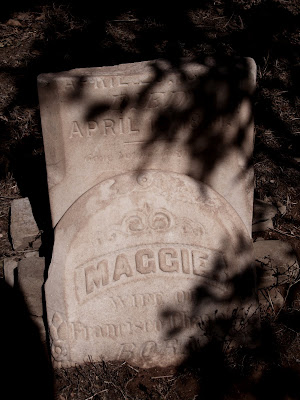(EDIT: Up to date information about the Intranquil Sprit can be found in my book The Intranquil Spirit , available on Amazon. This post has some incomplete information which is clarified in the book.) The Intranquility spell is, unfortunately, the first resort of many a rejected lover. In some ways it makes sense -- the more unhappy and forlorn one is about a breakup, the better this idea of making the other partner feel just as much so starts to sound. Unfortunately, this spell is often not well suited to a case. The purpose of the standard Intranquility spell is to have the person be tormented by the spirit until they make contact with you, or whomever the spell is being cast for. This means that if a person is already in good contact with their ex OR if they're one of those people who cannot restrain themselves from initiating contact, then this already is probably not the right spell for that case. If you've had an Intranquility spell cast and you make contac...
Folklore, magic, facts and fiction from Talia Felix and hoodoo-online.com where those who need magic can DO MAGIC.
